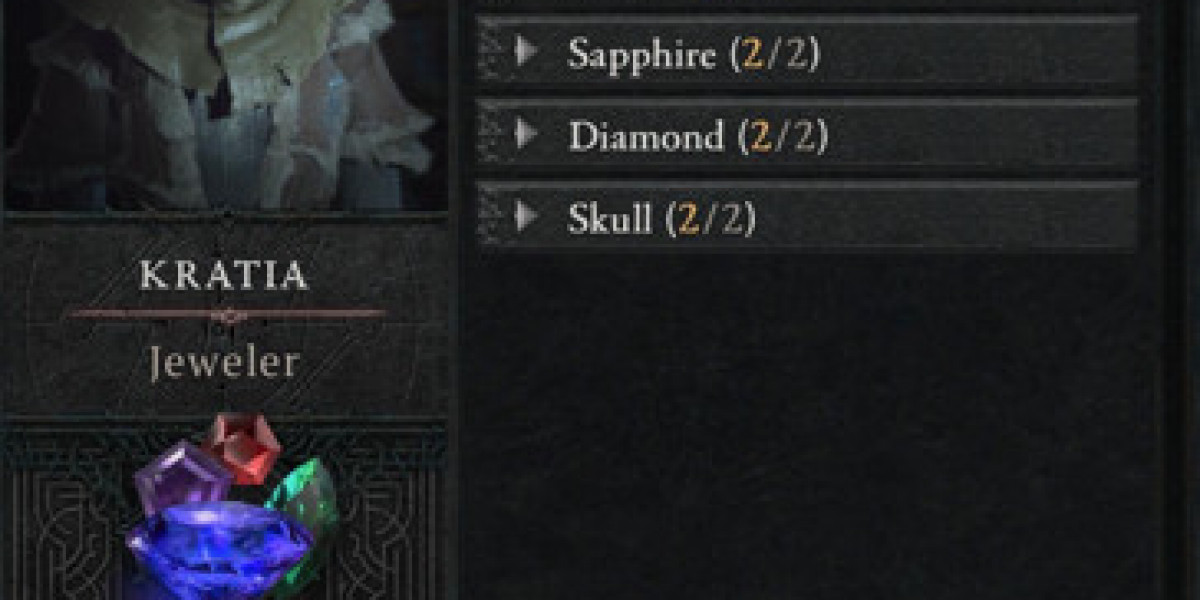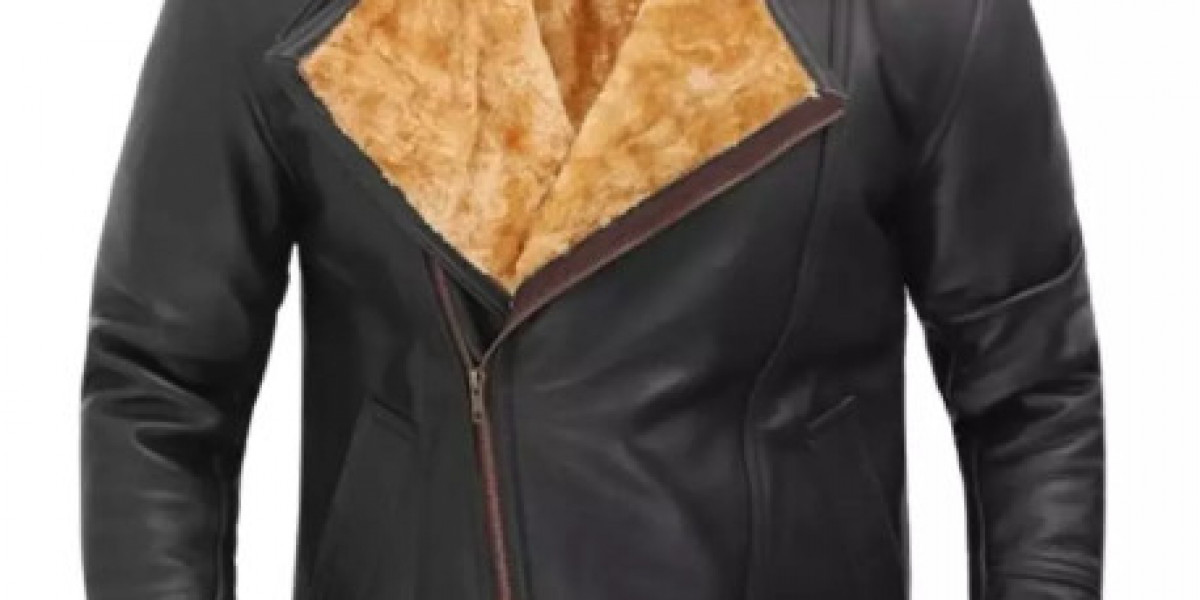Custom embroidery is an art form that brings creativity and detail to life on fabric. One essential aspect of creating high-quality embroidered designs is the use of borders. Borders in custom embroidery not only add structure and definition to the design but also enhance the overall visual appeal. Whether you're designing logos, monograms, or intricate patterns, borders play a crucial role in creating polished and professional embroidery work.
In this article, we’ll explore the significance of borders in custom embroidery, the different types available, how they enhance various designs, and why paying attention to border techniques can make or break the final look of your embroidered piece.
What are Borders in Custom Embroidery?
In the context of embroidery, borders refer to the outline or edge that surrounds a design or certain parts of a design. These outlines can serve a variety of purposes, from emphasizing the shape of a logo to adding visual interest to a simple graphic. Borders provide a clean, finished appearance and are often used to make designs stand out on the fabric.
The key to achieving beautiful embroidery lies in selecting the right border type for your design, choosing the appropriate stitch, and considering how the border interacts with both the design and the fabric.
The Importance of Borders in Custom Embroidery
1. Enhancing Visual Definition
One of the primary purposes of a border in custom embroidery is to enhance the definition of the design. Borders serve as a visual boundary that separates the embroidered design from the fabric, making it more prominent. This is especially important when working with intricate designs or designs that incorporate multiple colors.
Without a well-defined border, certain elements of the design can blend into the fabric, reducing the impact of the embroidery. Borders help to frame the design, giving it structure and ensuring that all elements stand out clearly.
2. Preventing Distortion
Fabrics, especially stretchy or delicate materials, can sometimes shift or distort during the embroidery process. Borders help stabilize the design by providing a solid frame that holds the stitches in place. By preventing distortion, borders ensure that the design retains its intended shape and proportions, regardless of the type of fabric used.
In the absence of a border, embroidery on certain fabrics might appear uneven or stretched, affecting the quality of the final product. Borders act as a safeguard, preserving the integrity of the design.
3. Adding a Decorative Element
Borders in custom embroidery aren’t just functional—they can also be highly decorative. Different types of borders can add a decorative flair to your design, transforming a simple piece into something visually striking. Whether it’s a delicate scalloped edge, a bold satin stitch, or a more intricate combination of stitch patterns, borders can be used to enhance the aesthetic appeal of an embroidered piece.
Incorporating creative borders can elevate the overall design, giving it a unique, finished look that stands out.
4. Improving Design Contrast
For designs that use multiple colors, borders are an excellent way to improve contrast and create separation between colors. A border can be used to outline different sections of the design, ensuring that each part stands out against the fabric and other elements. For example, a white border around a dark-colored logo on a black shirt can make the logo pop, ensuring it remains highly visible.
Borders also help to prevent colors from bleeding into one another, particularly when using dense stitch types or vibrant colors.
Types of Borders in Custom Embroidery
1. Satin Stitch Borders
One of the most common border types in custom embroidery is the satin stitch border. This is a densely packed stitch that creates a smooth, shiny outline. Satin stitch borders are ideal for logos, monograms, and text, as they provide a clean, crisp finish. This stitch type is particularly effective on designs with curved edges or intricate shapes because the stitches can follow the natural flow of the design.
Satin stitch borders can vary in thickness, allowing for both subtle and bold outlines depending on the desired effect.
2. Running Stitch Borders
Running stitch borders are made using a single line of stitches that follow the outline of the design. This border type is less dense than satin stitch borders, giving it a more delicate and understated appearance. Running stitch borders are often used in designs where a lighter touch is desired or where the border serves more as a guide than a prominent feature.
Running stitch borders are also popular for creating vintage or handcrafted looks, as the stitches resemble traditional hand embroidery.
3. Zigzag Stitch Borders
For a playful or dynamic edge, zigzag stitch borders are a great option. These borders create a series of sharp, angular lines that can add energy and movement to the design. Zigzag stitch borders are versatile, working well with both geometric designs and whimsical patterns. They can also be used as an alternative to satin stitch borders when a lighter, more textured appearance is desired.
4. Appliqué Borders
When working with appliqué embroidery, borders are essential for securing the fabric onto the base material. Appliqué borders are typically created using satin stitches or zigzag stitches to ensure that the appliqué fabric is securely attached while also providing a decorative edge.
The border around an appliqué design serves both functional and aesthetic purposes, preventing fraying and adding a polished look to the overall piece.
5. Decorative Borders
In some cases, borders themselves can become part of the design’s main visual feature. Decorative borders may incorporate a variety of stitch types, from intricate fill stitches to openwork patterns. These borders are used to enhance the overall theme of the design, adding an extra layer of creativity.
Examples of decorative borders include scalloped edges, floral patterns, or geometric designs, which can complement the main embroidery in a cohesive and visually appealing way.
Choosing the Right Border for Your Design
1. Consider the Fabric
The type of fabric plays a significant role in determining the best border for your design. For stretchy fabrics like t-shirts or jerseys, a satin stitch border may provide the necessary stability, ensuring the design doesn't warp or distort. For lightweight or delicate fabrics, a lighter running stitch may be preferable to avoid adding too much weight or stiffness to the fabric.
2. Think About the Design’s Style
The style of the design itself should guide your border choice. If the design is bold and modern, a thick satin or zigzag stitch border might be the best fit. For more delicate or vintage-style designs, a running stitch or decorative border could enhance the aesthetic without overpowering the design.
3. Purpose and Placement
Consider where the design will be placed and its purpose. For logos on corporate uniforms, a clean and professional satin stitch border is usually preferred. For more artistic pieces, such as fashion embroidery or home décor, decorative borders can add creativity and uniqueness to the final product.
Why Borders Matter in Custom Embroidery
The careful selection and execution of borders can make a significant difference in the quality and impact of the final embroidered product. Borders help to frame the design, ensure clarity and definition, and add a finished, professional touch to the piece. By preventing distortion, providing contrast, and enhancing aesthetics, borders contribute to the overall success of an embroidered design.
Conclusion:
Borders in custom embroidery are more than just an outline—they are a crucial element that enhances design quality, definition, and durability. From satin stitch borders that add polish and professionalism to decorative borders that bring artistic flair, the right border can transform a simple design into a stunning work of art.
By understanding the role of borders and choosing the right technique for each design, businesses, designers, and hobbyists alike can create embroidery that stands out for its beauty and precision. Borders are not just the finishing touch—they are an integral part of creating a cohesive and impactful embroidered piece.









